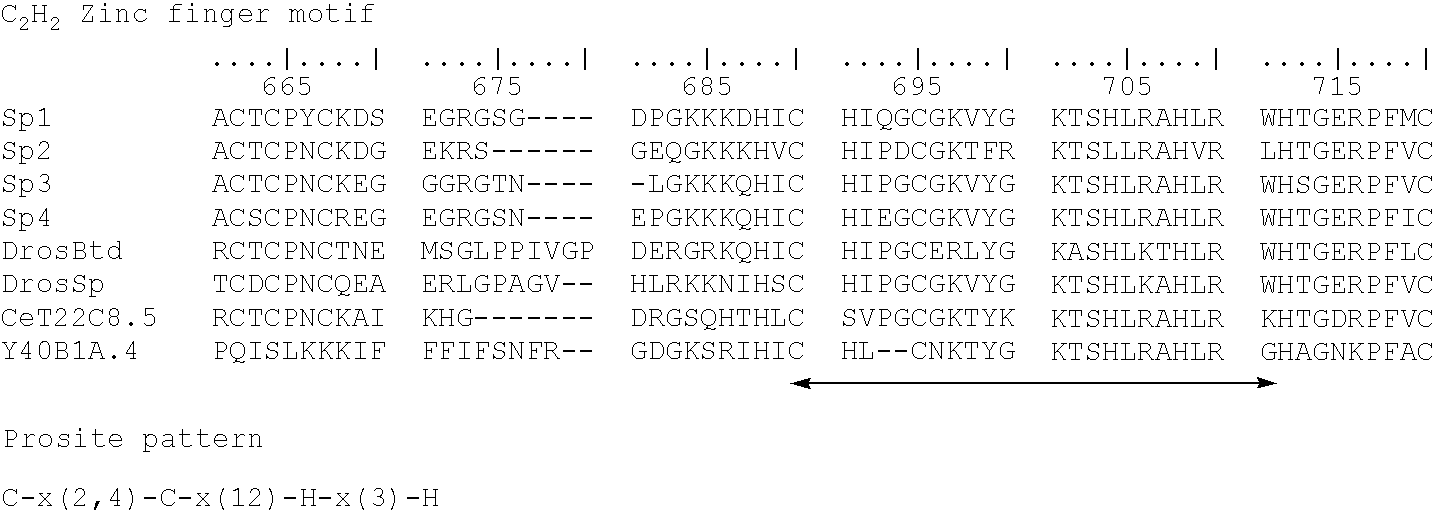Compositions and methods for complexes of nucleic acids and peptides
a technology of nucleic acids and complexes, applied in the field of molecular biology research and development, can solve the problems of poor gene-transfer efficiency of electroporation, limited clinical application, and pathogenicity
- Summary
- Abstract
- Description
- Claims
- Application Information
AI Technical Summary
Benefits of technology
Problems solved by technology
Method used
Image
Examples
example 1
Low Concentrations of LC20 siRNA / PN73
Peptide Complex Precipitate Readily from Solution
[0134] The present example exemplifies the intrinsic instability of the LC20 siRNA / PN73 peptide complex at a concentration of 100 μM in a phosphate buffered saline (PBS) solution. The solution contains 250 μg / mL LC20 siRNA and 400 μg / mL PN73 peptide. Upon mixing LC20 siRNA and PN73 in PBS, this formulation immediately shows extensive turbidity and varied levels of precipitation with occlusive particulate contamination visible with the naked eye. In addition, characterization of the complex by static laser light scattering shows the presence of particular matter. As a result of the promiscuous aggregation of this complex, the LC20 / PN73 complex is difficult to analyze by size exclusion chromatography. Lastly, a visible pellet is observed after centrifugation of the mixture, which is refractory to resuspension in water indicating the complex is highly insoluble. Analysis of the supernatant by UV spe...
example 2
The Addition of Various Organic Salt Competitors
Creates LC20 siRNA / PN73 Peptide Complex Stability
[0137] In this example, the efficacy of various organic cationic and anionic competitors to create LC20 siRNA / PN73 peptide complex stability was tested. An intrinsic characteristic of the PN73 peptide is to aggregate and form large complexes. The addition of the LC20 siRNA reduces this aggregation; however, it does not prevent it nor reduce it significantly. Thus, an array of candidate organic cationic and anionic competitors were tested to determine if they could further reduce aggregation and promote LC20 siRNA / PN73 peptide complex stability in solution.
[0138] The ability of the organic salt competitor to promote complex stability was determined by the presence or absence of particle formation as measured by the naked eye. A visibly clear solution indicated that the salt competitor created LC20 siRNA / PN73 peptide complex stability. Further, all samples were analyzed by size exclusio...
example 3
Physical Characterization of the Organic
Salt with the LC20 siRNA / PN73 Peptide Complex
[0141] In this example, size exclusion chromatography (SEC) coupled with an ultraviolet detector (UV 260nm) and static laser light scattering (LS) detector was used to characterize the physical properties of the LC20 siRNA / PN73 peptide complex in the presence or absence of the organic salt. In addition, the phosphate / nitrogen (P / N) charge ratio for LC20 siRNA / PN73 was calculated.
Size Exclusion Chromatography / UV Detection / LS Detection
[0142] PN73 in monomeric form is 4 kiloDaltons (kDA); however an intrinsic property of this peptide is to aggregate and form large complexes in solution. An initial study was performed to analyze the physical properties of PN73, without LC20 siRNA, in the presence and absence of 100 mM NMDG-glutamate salt or 9% sorbitol (no salt environment). In the presence of 9% sorbitol, a UV trace with two overlapping peaks was observed at approximately 9 minutes. The LS signal ...
PUM
| Property | Measurement | Unit |
|---|---|---|
| molecular weight | aaaaa | aaaaa |
| molecular weight | aaaaa | aaaaa |
| concentration | aaaaa | aaaaa |
Abstract
Description
Claims
Application Information
 Login to View More
Login to View More - R&D
- Intellectual Property
- Life Sciences
- Materials
- Tech Scout
- Unparalleled Data Quality
- Higher Quality Content
- 60% Fewer Hallucinations
Browse by: Latest US Patents, China's latest patents, Technical Efficacy Thesaurus, Application Domain, Technology Topic, Popular Technical Reports.
© 2025 PatSnap. All rights reserved.Legal|Privacy policy|Modern Slavery Act Transparency Statement|Sitemap|About US| Contact US: help@patsnap.com

